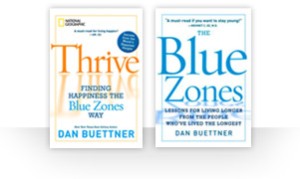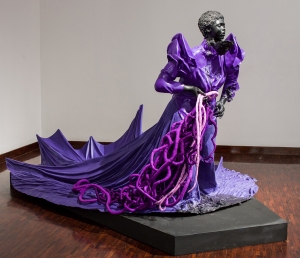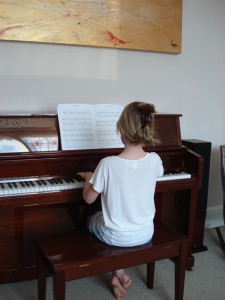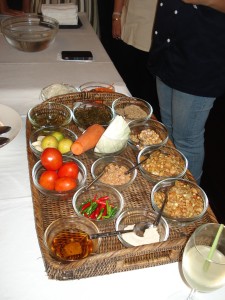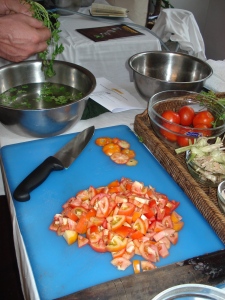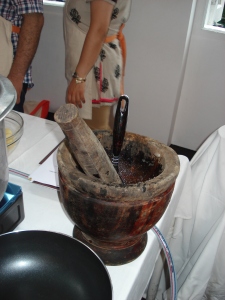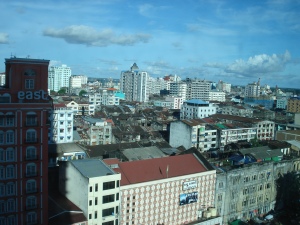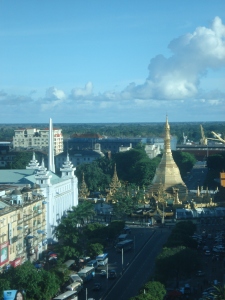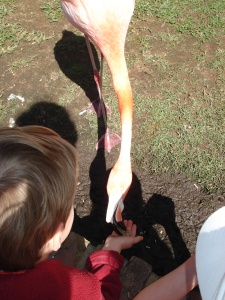Dan Buettner is the New York Times best-selling author of The Blue Zones: Lessons for Living Longer from the People Who’ve Lived the Longest (with a terrific second edition just out) and Thrive: Finding Happiness the Blue Zones Way.
He is one of those rare people who is simultaneously a reflective thinker and a super-charged ball of positive energy. A National Geographic Fellow, he’s thought hard about, and traveled the world to explore, questions that matter to all of us. Are there genuine secrets to living longer, healthier lives? And can we foster happiness and well-being? He’s sought to answer these questions by examining the behaviors and lifeways of people in “Blue Zones”, that is, exceptional pockets of the world where, statistically, people live the longest or report greater life satisfaction than the average.
Recently, Dan was good enough to speak with me about his work, and the lessons we can extract from it to think about what really matters in creating a good life. While the whole conversation was fascinating, I thought I’d post one of the segments that I found most compelling, where Dan talks about the choices we can make to promote well-being in our own lives, and the importance of cultivating belonging.
LMR: What do you see as the fundamental relationship between health and happiness?
DB: Happiness is worth about 8 years of additional life expectancy. There are a few behaviors that contribute to both. For example, we know that the happiest Americans are socializing six hours a day. We also know that loneliness takes years off your life. Loneliness is as bad for you as a smoking habit. So by proactively going out and surrounding yourself with healthy friends, it’s not only going to make you healthier – because health is a positive contagion – it’s also likely to make you happier.
And also physical fitness. Going out and taking a walk. It triggers endorphins. It makes you feel good. But we also know that walking is associated with anywhere from 4-6 extra years of life expectancy.
I didn’t set out to find these things, but both books were kind of worldwide meta-analyses of populations who are the paragons of happiness and longevity. So I tried to get all the data in the world and find the best. And then distill down what they do. And if you boil down longevity, and you boil down happiness, and you overlay them, you see about an 80% overlap.
LMR: Do you feel, when you see that overlap, you’re seeing something about what it means to be human?
DB: I see the overlap of what it takes to have a rich life. What it means to be human is to procreate, from a strictly evolutionary point of view.
LMR: So when I hear your stories, I wonder if they’re telling us something about the nature of our humanity. The kinds of things are so deeply or necessary to us they tell us something about our nature or being?
DB: One easy answer is socializing. We’ve succeeded as a species because somewhere along the evolutionary arc, we’ve figured out that collaborating increases our chance of survival. And, like so many things, when you satisfy that thing that increases our chances of survival, our bodies are hardwired to reward us. When you’re thirsty and we drink, it feels good. When you’re hungry and you eat, it feels good. When you’re horny and you have sex, it feels good. And these are all things that make it more likely that we’ll have kids. I think it’s this reward loop. Well, the same thing with socializing. We cooperate. When you look at the Blue Zones around the world, they typically are in pretty harsh environments. And the reason they survived is because they cooperate. You look at the Sardinian shepherds, for example. They don’t even all own their own parcel of land. But they live in tiny villages and they get together. So, when it comes to our humanity where…it’s realizing that there is a genetic satisfaction that comes from good social connections. And we should always favour that over consumption.
LMR: When you were in doing research…this is primarily directed at the longevity populations, did the people you were talking to ever have an articulation of the good life the way we would use it? Was there a sense of what life was all about that they collectively shared?
DB: Yeah, I think it’s a profound sense of belonging to where they came from. And if you look at the Sardinians, life is about my kids. I work, not to get ahead in the world, not to buy a second vacation home, not to have a nicer car. I don’t…if I have free time, it’s never at the expense of my family. And we heard this over and over. I don’t have massive data, other than…I have an N of about 50 people. And you saw the emphasis of the family among those populations.
LMR: Interesting. The sense of…going back to what you said about having a profound sense of belonging to where they came from…do you mean from within a familial lineage, or also within a cultural or even an environmental, like a connection to place?
DB: The latter. In other words, they weren’t just rebels without a cause. They’re not the type of people who bounce through life, move around. They’re planted.
LMR: I also wondered if you think that not having an icki gai [a purpose in life] can cause people pain? And I ask that because clearly having one is the presence of a positive, so is not having one just the absence of that positive, or is it the presence of a negative? Do people wind up feeling…I mean, I guess this is just going into hypothesis-land, but more lost, or feeling like there’s something absent in their life that causes them pain?
DB: Yeah, I think there’s an existential pain in that unrootedness.
LMR: And, with the work that you’re doing with the Blue Zones communities [“a systems approach that brings together the citizens, businesses and institutions of a given community to foster well-being”], are you saying that we can self-consciously create some of these things?
DB: Yes. First of all, you can choose where you move and I think that’s…people dismiss that. “Oh…I’m not going to move.” Well, the average American, and probably the average Canadian, moves ten times in a lifetime. So you can choose to live out in some culturally barren suburb, or you can find a neighborhood where neighbors know each other and there are parks and playgrounds full of people. And a place where you’re going to be nudged into social…you can walk down to a café, or a store…. That’s going to have a bigger impact on your happiness, and I argue your longevity, than just about anything else you can do. So, OK, well, what else? All right, your husband lives in a suburb and he ain’t moving. The next line of proactivity you can pursue is finding…build your own social network. You don’t have to hang out with the toxic woman who bitches about her life, or the friend that sits and watches reruns of Gossip Girls all day long and drinks Diet Coke. We can all create our own social networks and support that give energy to the positive.
